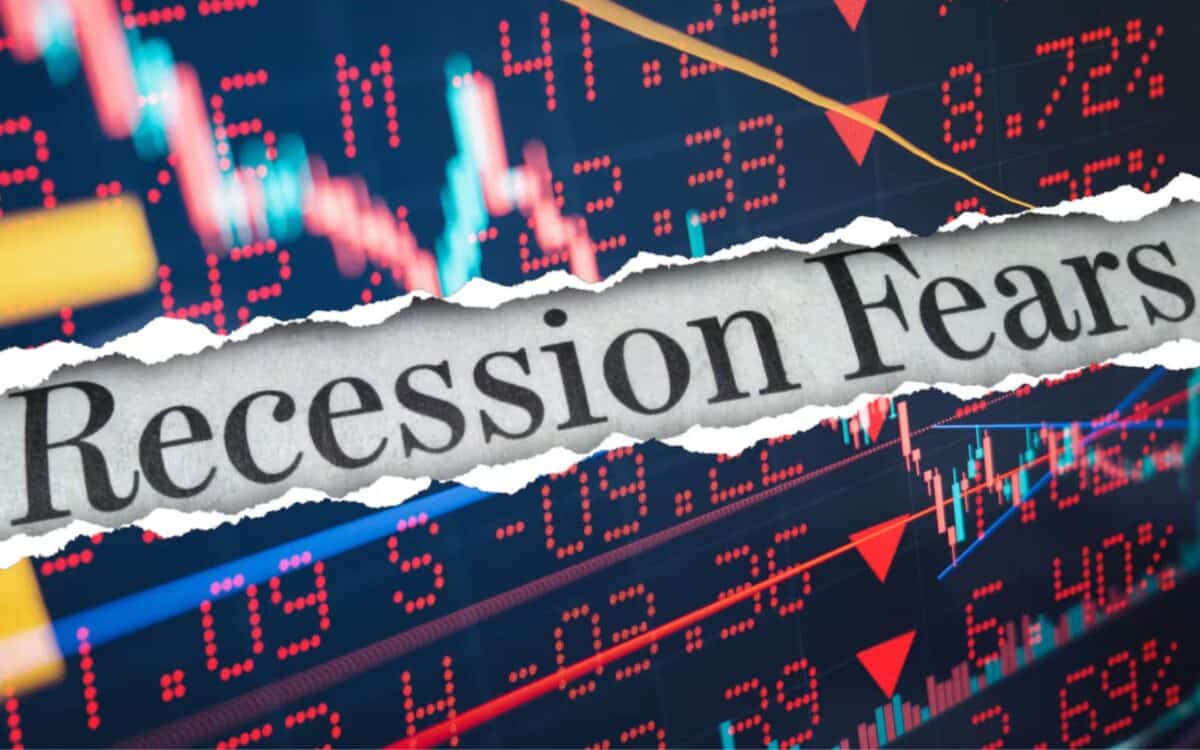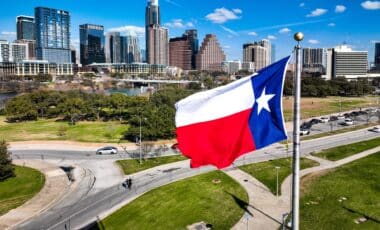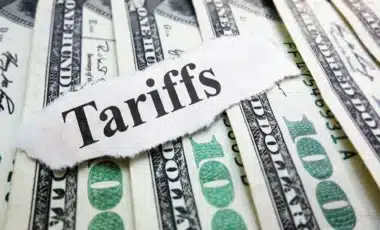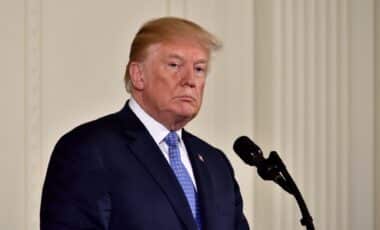Amid the Trump administration’s optimism, economists are increasingly concerned about several signs pointing to a potential economic downturn.
Newsweek highlights how rising uncertainties, including shifts in consumer sentiment and growing business challenges, are raising alarms. Notably, experts like Mark Zandi, Chief Economist at Moody’s, have compared the current economic climate to major historical crises, such as 9/11 and the 2008 financial crash.
These concerns are intensified by the ongoing effects of Trump’s tariff policies, which have further complicated the economic outlook. The situation is becoming more difficult to ignore as key indicators shift.
Consumer Confidence: A Key Indicator
Consumer confidence is a crucial gauge of economic health, influencing over two-thirds of U.S. GDP. A drop in optimism about the economy typically leads to lower consumer spending. The Conference Board’s Consumer Confidence Index saw a 7.2-point drop between February and March, marking its lowest level since January 2021.
Additionally, the Expectations Index, which tracks short-term economic forecasts, fell to 65.2, its lowest level in 12 years.
Similarly, the University of Michigan’s Consumer Sentiment Index showed a sharp decline, with sentiment falling over 15 percent from February. Although some economists like Zandi argue that the drop is not yet a clear recession signal, it indicates a worrying trend.
Credit card debt reached an all-time high of $1.2 trillion in Q4 2024, accounting for about 6% of total U.S. debt. Serious delinquencies, defined as payments overdue by over 90 days, have more than doubled since early 2022.
Fitch Ratings reported that private credit default rates rose to 5.7% in February from 5.0% in January. The rise of buy-now-pay-later services like Klarna is also contributing to the debt burden, with partnerships such as one with Doordash increasing consumer debt.
Business Uncertainty : Small Business Struggles
Growing business uncertainty, especially among small businesses, signals potential economic trouble. The National Federation of Independent Business (NFIB) reported a rise in its Uncertainty Index, which reached 104 in February, its second-highest reading since 1973.
Business owners are increasingly pessimistic about expanding their businesses, with labor costs rising and inflation continuing to pose challenges. As NFIB’s Bill Dunkelberg noted, many small businesses face a stagflation scenario, marked by rising prices and stagnating hiring.
Trade Policy Uncertainty : The Impact of Tariffs
The Trade Policy Uncertainty Index has surged to record levels, fueled by the growing list of tariffs under the Trump administration. These tariffs, particularly the 10% tariff hikes on Chinese goods and additional tariffs on sectors like steel, have contributed to significant volatility.
Diane Swonk, Chief Economist at KPMG, warned that the current range of tariffs has reached levels not seen since the 1930s, increasing instability in U.S. trade relations and economic planning.
Despite some signs of easing, inflation expectations remain elevated. The University of Michigan reported a rise in year-ahead inflation expectations from 4.3% in February to 4.9% in March.
Similarly, the Conference Board found that inflation expectations for the next 12 months climbed to 6.2%, driven by concerns over high prices for everyday goods, including eggs. A survey by Allianz Life revealed that 71% of Americans expect inflation to worsen, up from 60% in the previous quarter.









